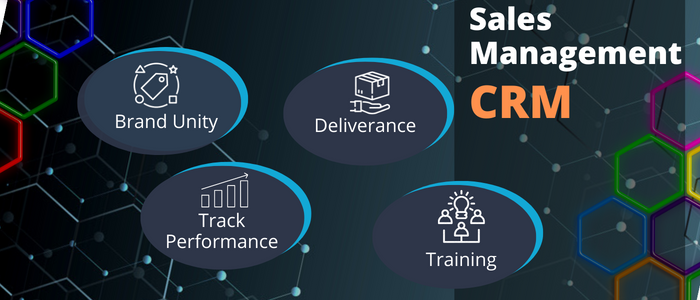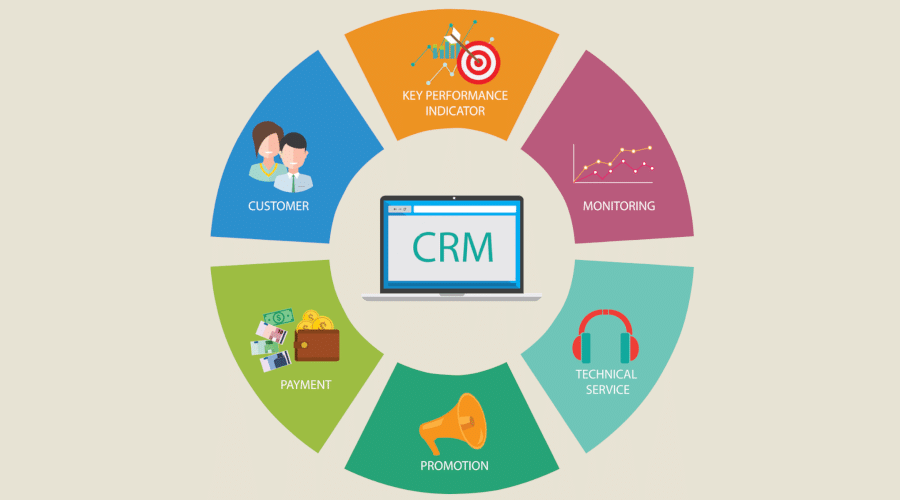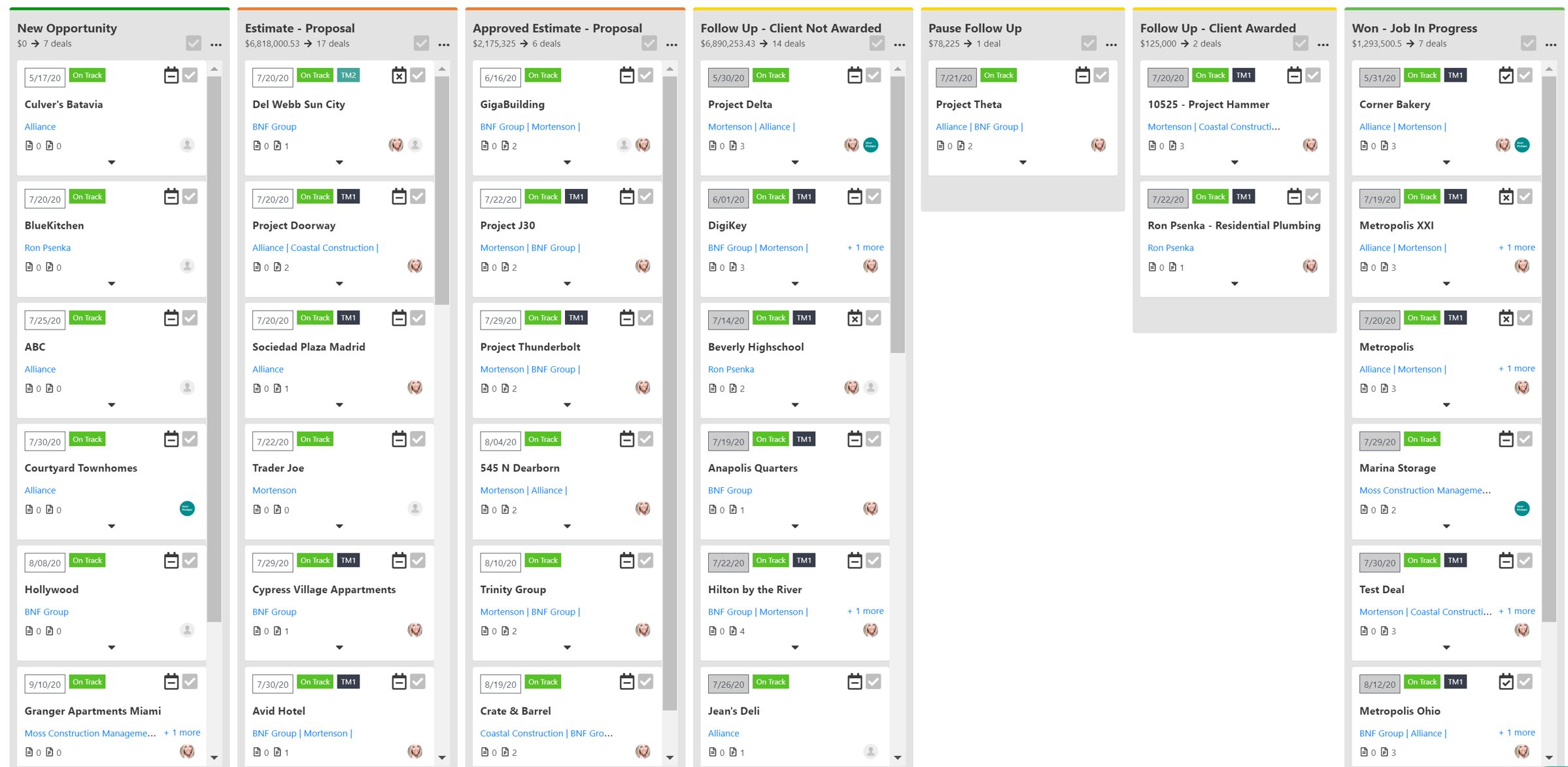Judul: The Ultimate Guide to CRM for Sales Managers: Boosting Productivity and Revenue
Kata Kunci: CRM for sales managers, sales management software, sales CRM, improve sales performance, sales productivity, sales process improvement, sales forecasting, customer relationship management, sales team management, sales pipeline management, lead management, sales reporting, sales analytics, sales automation.
Introduction: Mastering Your Sales Game with CRM
You’re a sales manager, juggling a million things at once. You’re responsible for hitting targets, keeping your team motivated, and nurturing relationships with clients. It’s a demanding role, and let’s be honest – sometimes it feels overwhelming. But what if there was a secret weapon that could streamline your processes, boost your team’s productivity, and ultimately, skyrocket your revenue? That weapon is a Customer Relationship Management (CRM) system. This comprehensive guide will walk you through everything you need to know about leveraging a CRM to become a truly effective sales manager. We’ll cover everything from choosing the right system to maximizing its features to track key performance indicators (KPIs) and boost your bottom line.
Keyword Section: CRM for sales managers, sales management software, sales CRM
Understanding the Power of CRM in Sales Management
Before diving into the specifics, let’s clarify what a CRM actually does. At its core, a CRM is a centralized database that stores all your important customer information. This includes contact details, purchase history, interaction logs, and more. But it’s so much more than just a digital Rolodex. A good CRM system empowers you to:
- Improve Sales Forecasting: By tracking your sales pipeline, you can accurately predict future revenue and adjust your strategies accordingly.
- Boost Sales Productivity: Automate repetitive tasks like email marketing and lead nurturing, freeing your team to focus on closing deals.
- Enhance Customer Relationships: Provide personalized experiences by accessing complete customer history at a glance.
- Improve Team Collaboration: Share information seamlessly, ensuring everyone is on the same page.
- Gain Valuable Insights: Analyze sales data to identify trends, pinpoint areas for improvement, and make data-driven decisions.

Keyword Section: improve sales performance, sales productivity, sales process improvement, sales forecasting
Choosing the Right CRM for Your Needs

The market is flooded with CRM options, each with its own strengths and weaknesses. Choosing the right one for your team depends on several factors:
- Size of your team: A small team might be perfectly served by a simple, affordable CRM, while a larger team might need a more robust, scalable solution.
- Budget: CRM systems range in price from free to thousands of dollars per month. Consider your budget and what features are essential versus nice-to-haves.
- Specific needs: Do you need advanced reporting capabilities? Intricate sales pipeline management tools? Integration with other software? Consider your specific requirements.
- Ease of use: Choose a system that is intuitive and easy for your team to learn and use. A complicated system will lead to frustration and low adoption rates.

| Feature | Small Team CRM | Medium/Large Team CRM |
|---|---|---|
| Cost | Low | Medium to High |
| Scalability | Limited | High |
| Features | Basic contact management, sales pipeline tracking | Advanced reporting, automation, integration |
| User-friendliness | Generally high | Can vary depending on the system |
Keyword Section: sales CRM, sales management software, customer relationship management
Implementing and Optimizing Your CRM
Once you’ve chosen a CRM, the real work begins. Successful implementation requires careful planning and execution. Here are some key steps:
- Data Migration: Transferring your existing customer data to the new system accurately is crucial.
- Training: Invest time in training your team on how to use the CRM effectively.
- Customization: Tailor the system to your specific sales process and workflows.
- Integration: Connect your CRM with other essential tools like email marketing platforms and accounting software.
- Ongoing Monitoring and Optimization: Regularly review your CRM usage and make adjustments as needed.
Keyword Section: sales team management, sales pipeline management, lead management
Leveraging CRM Features for Sales Success
A CRM is only as good as how you use it. Here are some key features to master:
- Lead Management: Track leads from initial contact to conversion, ensuring no opportunities are missed.
- Contact Management: Maintain detailed records of all interactions with customers, providing a 360-degree view.
- Sales Pipeline Management: Visualize your sales process and identify bottlenecks, allowing for proactive intervention.
- Reporting and Analytics: Track key performance indicators (KPIs) like conversion rates, average deal size, and sales cycle length to measure success and identify areas for improvement.
- Sales Automation: Automate repetitive tasks like email follow-ups and appointment scheduling, freeing up your team’s time.
| Feature | Benefit | Example |
|---|---|---|
| Lead Scoring | Prioritize high-potential leads | Assign scores based on engagement and demographics |
| Sales Pipeline Views | Visualize sales progress | Kanban boards, pipeline charts |
| Automated Email | Nurture leads and follow-up efficiently | Automated email sequences |
| Custom Reports | Track key metrics and identify trends | Sales by region, conversion rates by lead source |
Keyword Section: sales reporting, sales analytics, sales automation
Tracking Key Performance Indicators (KPIs) with Your CRM
Using your CRM to track KPIs is essential for measuring success and making data-driven decisions. Here are some important metrics to monitor:
- Lead Conversion Rate: The percentage of leads that convert into customers.
- Average Deal Size: The average value of closed deals.
- Sales Cycle Length: The time it takes to close a deal.
- Customer Churn Rate: The percentage of customers who stop doing business with you.
- Return on Investment (ROI): The return you get on your investment in the CRM system.
By tracking these KPIs, you can identify areas where your team is excelling and where improvements are needed. This data-driven approach allows for strategic adjustments, leading to improved performance and increased revenue.
Keyword Section: sales reporting, sales analytics, improve sales performance
Integrating Your CRM with Other Sales Tools
Maximizing the effectiveness of your CRM involves seamless integration with other sales tools. Consider integrating your CRM with:
- Email Marketing Platforms: Automate email campaigns and track email engagement.
- Social Media Management Tools: Monitor social media mentions and engage with potential customers.
- Marketing Automation Software: Automate marketing workflows and nurture leads.
- Accounting Software: Streamline invoicing and financial reporting.
- Sales Intelligence Platforms: Access insights into your prospects and competitors.
These integrations create a unified view of your customer interactions, providing a richer understanding of your sales process and customer behavior.
Keyword Section: sales process improvement, sales team management
Conclusion: Unlocking Your Sales Potential
A CRM is not just a software; it’s a strategic tool that can transform your sales management approach. By carefully selecting the right system, implementing it effectively, and leveraging its powerful features, you can streamline your sales processes, boost your team’s productivity, and ultimately, achieve significant revenue growth. Remember that ongoing monitoring, optimization, and training are crucial for maximizing your CRM’s potential. Embrace the power of data-driven decision-making, and watch your sales team soar.
Keyword Section: improve sales performance, sales productivity, sales process improvement
FAQ
Q: How much does a CRM system cost?
A: The cost of a CRM system varies widely depending on the features, scalability, and vendor. Some offer free plans for small teams, while others charge thousands of dollars per month for enterprise-level solutions. Consider your team’s size, budget, and specific needs when choosing a system.
Q: How long does it take to implement a CRM?
A: Implementation time varies, depending on the complexity of the system and the size of your team. It can range from a few weeks to several months. Proper planning and training are crucial for a smooth implementation.
Q: What are the key benefits of using a CRM for sales managers?
A: Key benefits include improved sales forecasting, increased sales productivity, enhanced customer relationships, better team collaboration, and valuable data-driven insights, all contributing to increased revenue.
Q: How can I measure the success of my CRM implementation?
A: Track key performance indicators (KPIs) such as lead conversion rate, average deal size, sales cycle length, and customer churn rate. Compare these metrics before and after CRM implementation to assess its impact.
Q: What if my team resists using the new CRM system?
A: Address resistance proactively through thorough training, clear communication of the benefits, and ongoing support. Make the system as user-friendly as possible and show how it can make their jobs easier.
Keyword Section: sales CRM, sales management software, customer relationship management
